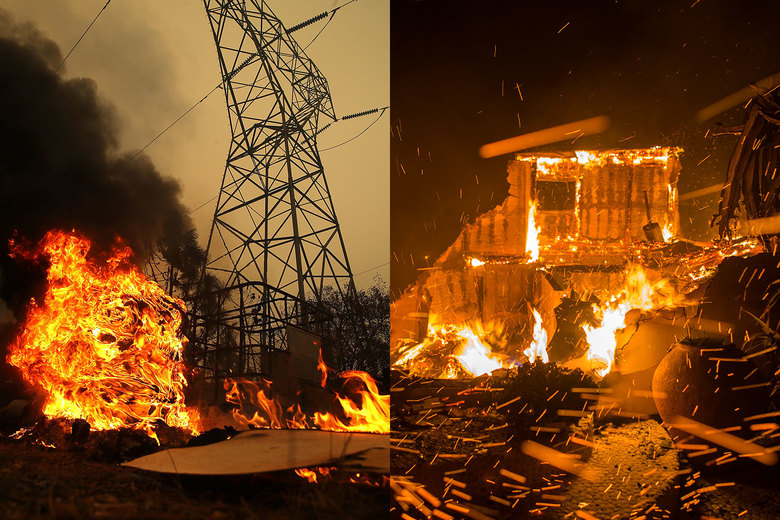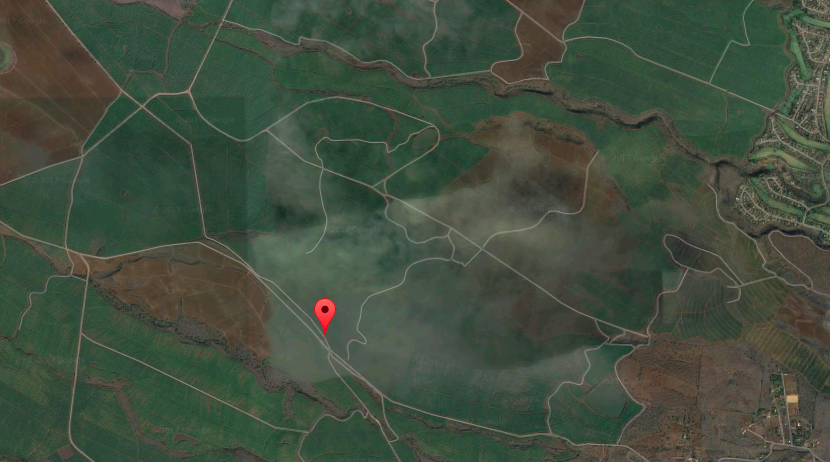As a very fitting tribute to Memorial Day, a collaboration of people including military veterans from Team Rubicon, an international veteran service organization that uses disaster response to help reintegrate veterans back into civilian life, came out in full force to create a large firebreak around Kamilonui-Mariner’s Cove. The Firewise Community (the first ever on Oahu as of 2018!) of agricultural and residential lots in Hawaii Kai, has been working with HWMO for a couple of years now in an effort to create a more wildfire resilient community.
This weekend, as part of Wildfire Preparedness Day, we are seeing what it means to be fire-adapted: everyone playing a role to reduce wildfire risk. The Firewise committee consisting of local residents and farmers, Aloha Aina O Kamilo Nui, and Livable Hawaii Kai Hui organized the work days; Team Rubicon volunteers are knocking back fire fuels; neighboring landowners provided access to the land and green waste hauling services; residents are feeding volunteers; and HWMO provided a hazard assessment, continual guidance through the Firewise Communities process, and a $2,000 grant from the U.S. Forest Service. We are so grateful to everyone who is helping out to make Kamilonui - Mariner’s Cove a model for community-driven wildfire protection on Oahu and for the rest of the Hawaiian Islands!
This Memorial Day weekend, hard-working volunteers are helping out homeowners worried about the threat of wildfires. They started creating a new firebreak on Saturday near Mariner’s Cove.
With the help of a hazard assessment from the Hawaii Wildfire Management Organization, the community came up with an action plan.
With moderate drought conditions across the state, wildfire experts are concerned about this summer.
“During those El Nino periods, we actually see significant increases in wildfire ignitions, but also in the amount of area that burns so we’re defintiely very worried this summer,” said Pablo Beimler, Hawaii Wildfire Management Organization’s community outreach coordinator.
“It’s like black and white, like a swarm of bees come in here and sort of take over, start in five different spots and just continue on down. It’s really amazing,” said homeowner Dick Johnson.














